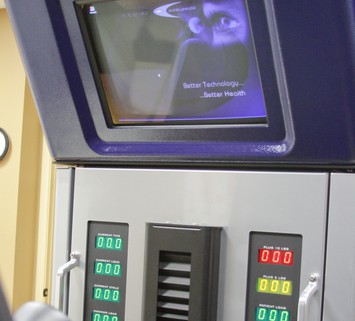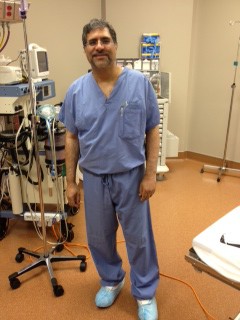Spinal fusion surgery involves fusing a bone graft of synthetic replacement between two sections of the spinal column to restrict the patient’s ability to move in ways that can damage bone or nerves. More often than not, this becomes necessary when a condition or injury such as a herniated disc, tumor, or spinal fracture causes unbearable pain in everyday movements.
Surgeons at Texas Spine Center will discuss potential alternatives and often recommend physical therapy before deciding that the surgery is necessary, thanks to how intense both the surgery and recovery can be. However, if the operation seems to be the only viable option, it will ultimately make a drastic difference in the patient’s quality of life.
How Long Does It Take to Recover from a Spinal Fusion?
Recovery time for spinal fusion surgery varies significantly from patient to patient, but the average spans between three and six months before the patient is back to their daily routine; working, traveling, and even exercising with more freedom and less pain than they could before the surgery. The recovery process entails a few steps:
-
In-hospital stay lasting a few days after the procedure, during which the surgical staff will keep the patient’s surgical site clean and dressed to encourage rapid recovery, manage their pain, and teach them how to make simple motions that will decrease the risk of complications. Such movements include “log rolling,” a method of turning on the bed that won’t twist the spine while it’s healing from the surgery.
-
Once home, the patient will continue to rest and recover for about four weeks, during which time someone will be expected to help with wound care. The patient will also receive a list of movements they’re encouraged to slowly and gently reintroduce into their routine over that period.
-
Physical therapy will begin around four weeks post-surgery and last approximately three months, possibly longer depending on the patient’s progress and personal goals. Those who simply want to be able to manage an ordinary daily routine, go back to work, and the decrease of their pain will be slighter. Anyone interested in vigorous exercising or playing sports may need additional time.
What Can I Expect After Spinal Fusion Surgery?
The recovery process can be grueling, and pain management will be just as important as avoiding any straining or dangerous twisting and bending during this time. Once you start your physical therapy, you should begin to see an improvement in your pain levels and can discuss backing off of any pain medication with your doctor. Most patients see a drastic increase in their quality of life and pain levels within as little as a year after the surgery, and those statistics only improve as time goes on.
What Are the Side Effects of Spinal Fusion?
Any potential complications or risks from spinal fusion surgery include:
- Infection - Any surgery carries a risk of infection with it. However, proper wound care and regular redressing of the surgical site will minimize that risk.
- Bleeding - If you are at risk of bleeding more than would be expected during the surgery, you may be asked to donate blood before the procedure. This is a rare occurrence, though.
- Pain from the bone graft - The bone graft, if one is taken, usually comes from the patient’s hip bone. Rarely, the patient experiences long-term pain in the graft site.
- Pseudarthrosis - This is when the bone graft fails to fuse with the vertebrae, it was attached to fully. It doesn’t happen often, and when it does, it’s typically patients who smoke, have diabetes, or are older who experience this. Painful twisting, bending, and other motions in the early stages of recovery can also cause pseudarthrosis.
- Nerve damage - While also very rare, nerves can be damaged during the procedure.
- Clotting - Equally rare is the formation of blood clots in the legs, but they can be extremely dangerous if they break off and make it to the lungs. If you notice unusual swelling in your ankles, pain, or tenderness in your calves or redness on your legs, seek medical attention immediately.
Is a Spinal Fusion Major Surgery?
Yes, spinal fusion is a significant and invasive surgery. It will require general anesthesia and often takes several hours for the procedure itself, which will involve taking bone from one part of your body (usually the hip) and placing it in between two vertebrae along your spine.
How to Prepare for Spinal Fusion Surgery
Your doctor will often recommend strengthening the parts of your body that will be affected by the surgery, such as your back, shoulder, and hip muscles. Having a stronger foundation before the surgeon goes in often improves your recovery time and your body’s ability to heal on its own. Additionally, the more dedicated you are to your physical therapy and following your surgeon’s directions, the more quickly you’ll get back to the life you want to have and the healthier you’ll feel.
For a complete background on Dr. Siddiqi, his practice locations or to learn more about Texas Spine Center, go to TexasSpineCenter.com.



